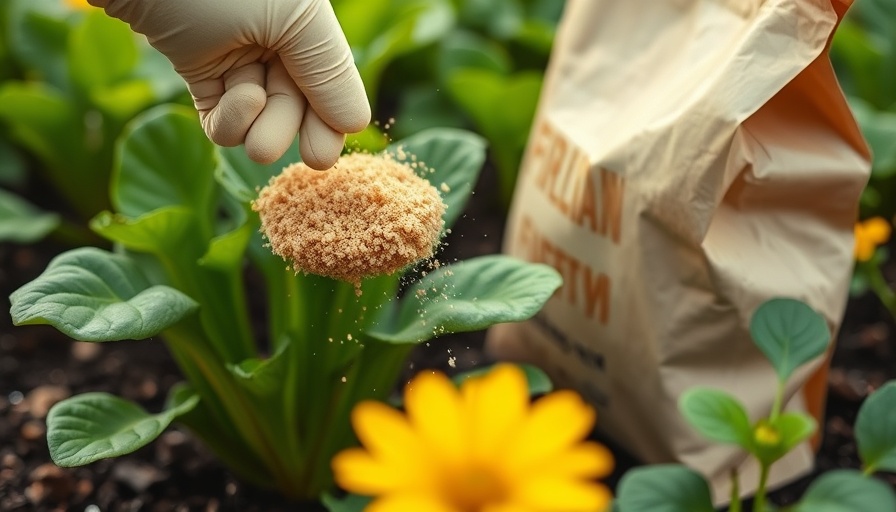
Why Timing Matters: The Risks of Late Season Fertilization
As summer gradually fades, the temptation to fertilize garden plants often increases. However, August is a crucial month for gardeners as it marks the transition to fall. For some plants, fertilization now can lead to more harm than help. New growth triggered by late fertilization is particularly at risk of frost damage. Let’s explore the 15 garden plants you should never fertilize in August, and understand why staying educated on this subject is vital.
1. The Vulnerability of Lilacs
Lilacs, known for their stunning spring blooms, should never be fertilized in August. As they wind down their growing season, feeding them can push tender new growth, hindering their natural dormancy and resulting in fewer flowers the following spring. Instead of fertilizing, waiting until spring to apply compost or manure will ensure healthy blooms.
2. Other Shrubs That Need Your Attention
In addition to lilacs, other shrubs such as hydrangeas and rhododendrons can suffer if fertilized in late summer. These plants often develop their flower buds during the latter part of summer. Fertilizing them too late may disrupt bud formation and lead to disappointing blooms. For these plants, late spring applications are often far more effective when they enter the growing phase.
3. The Risks for Perennials
Feeding perennials during this period can lead to similar vulnerabilities. Plants like peonies and hostas can be adversely affected by nitrogen-heavy fertilizer applications. Fertilizers promote new leaf growth, but those young leaves won't withstand the colder temperatures, leading to potential die-offs as winter approaches. Thus, late-season fertilization is better avoided for these varieties.
4. The Case Against Late-Flowering Perennials
While there's a temptation to boost the blooming of late-flowering perennials like asters and sedum, it’s essential to exercise caution. Providing them with additional fertilization in late July or August could lead to rampant foliage growth instead of plentiful flowers. Reducing nitrogen and focusing on phosphorus for flowering plants during their active blooming phase is advisable.
Caring for Your Garden: Strategies for Late Summer
While some plants are best left unfertilized in August, others—like fall vegetables and certain container plants—thrive with the right care. Consider planting kale and spinach, which benefit from an August feeding as they prepare for fall harvest. Emphasizing container gardening or planning for a fall flower bed layout can enhance your garden's beauty and productivity even in the waning summer.
5. Seasonal Planting Strategies for Success
As we transition from summer into fall, strategizing your garden plans is key to success. Aside from staying clear of fertilizing the aforementioned plants, focusing on eco-friendly yard care can yield much more sustainable results. Implement practices like mulching to retain moisture and protect your plants from the fluctuating temperatures.
Conclusion: Avoid Fertilization Pitfalls
Understanding what you shouldn't fertilize at the end of the summer is just as important as knowing when to feed your garden. By avoiding fertilization of vulnerable plants like lilacs and many perennials, you’ll promote healthy growth patterns that support flowering and resilience against cold. Dive deep into your garden planning tips and consider how you can create a robust fall vegetable garden instead!
For readers eager to transform their outdoor spaces, don’t forget to explore new backyard makeover ideas or redesign your landscape with innovative outdoor kitchen designs. Engage with your garden’s timing, and your plants will thank you for it!
 Add Row
Add Row  Add
Add 




Write A Comment